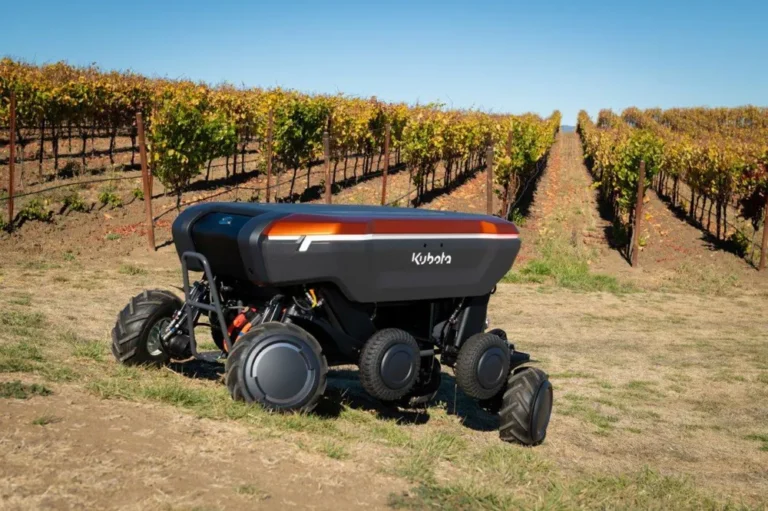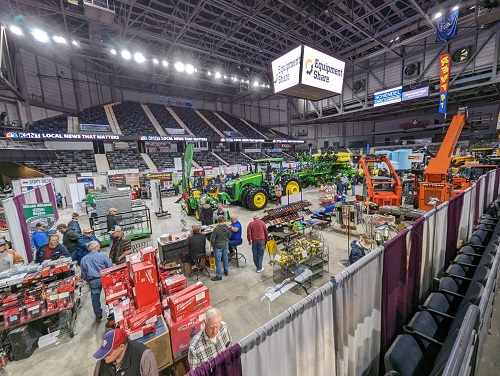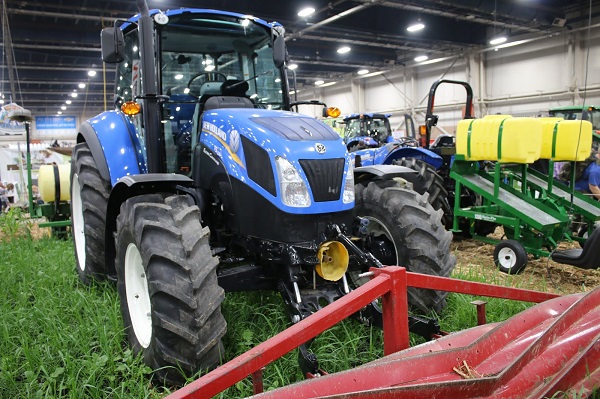The electric vehicle (EV) market is heating up, and the newly unveiled Slate Truck is stealing the spotlight.
Backed by Amazon founder Jeff Bezos and designed with simplicity and affordability at its core, the Slate Truck is poised to disrupt the electric pickup segment in a big way.
But what exactly makes this electric pickup so special?
Let’s dive into the top 5 features of the Slate Truck that make it a true game-changer.
1. Unmatched Affordability in the Electric Pickup Market
While most electric pickups like the Tesla Cybertruck and Rivian R1T target premium buyers, the Slate Truck flips the script. With a starting price of $27,500 — and even lower after federal EV tax credits — Slate Auto aims to make electric pickups accessible to the mass market.
For budget-conscious farmers, ranchers, and small business owners, the Slate Truck offers a new, affordable entry point into electric mobility without sacrificing utility.
At a time when rising vehicle costs have priced many out of the EV revolution, Slate Truck’s price tag is revolutionary.
Key SEO phrases to include: affordable electric pickup, budget EV truck, cheapest electric pickup truck
2. Simple, Minimalist Design That Prioritizes Utility
Forget flashy, over-the-top designs. The Slate Truck embraces a bare-bones, practical aesthetic:
-
Gray polypropylene body panels for easy maintenance and scratch resistance
-
Manual crank windows — no expensive power window repairs
-
No built-in infotainment system — your smartphone mounts easily on the dashboard
-
No complicated software bloat — just straightforward, rugged functionality
This no-frills approach resonates deeply with users who want a truck that’s built to work, not just to impress.
It’s a smart move — especially for agriculture, construction, and rural users who value durability over luxury.
Key SEO phrases to include: minimalist electric truck, utility EV truck, practical EV pickup
3. DIY Customization: Build It Your Way
One of the most exciting innovations with the Slate Truck is its focus on modularity and DIY customization.
Slate Auto plans to offer over 100 accessories, allowing users to adapt the truck to their specific needs:
-
Conversion kits to transform the two-seater truck into a five-seat SUV
-
Accessory kits for racks, covers, toolboxes, and more
-
Interior upgrades depending on whether you prioritize passengers or cargo
This approach is perfect for farmers, off-road enthusiasts, and anyone who wants their vehicle to evolve with their lifestyle.
In a world where most EVs come fully locked down, Slate Truck’s open customization model feels fresh and empowering.
Key SEO phrases to include: DIY EV customization, modular electric truck, customizable electric pickup
4. Two Smart Battery Options for Flexibility
Rather than forcing buyers into a one-size-fits-all battery, Slate offers two practical options:
-
Standard Battery: 52.7 kWh with up to 150 miles of range
-
Extended Range Battery: 84.3 kWh offering up to 240 miles of range
This allows users to choose the right configuration for their daily needs.
Short trips around town or the farm? The standard pack will save you money.
Longer commutes or rural use? The extended pack ensures you stay powered for the journey.
This flexibility makes the Slate Truck perfect for both urban drivers and rural users alike.
Key SEO phrases to include: electric truck battery options, Slate Truck range, affordable EV battery
5. Rugged Performance for Real-World Use
Despite its low price, the Slate Truck doesn’t skimp on performance:
-
201 horsepower and 195 lb-ft of torque
-
0 to 60 mph in about 8 seconds
-
Rear-wheel drive standard for simplicity and efficiency
While it may not match the off-road prowess of luxury EV trucks, the Slate Truck is more than capable for daily hauling, towing small trailers, or navigating rugged farm roads.
And because it’s lighter and simpler than other EVs, it could prove to be more durable and cost-effective to maintain over time.
Key SEO phrases to include: electric pickup truck specs, Slate Truck towing capacity, real-world EV truck
Final Thoughts: Why the Slate Truck Matters
The Slate Truck isn’t trying to be the flashiest or fastest EV on the road — and that’s exactly why it’s such a game-changer.
By focusing on affordability, simplicity, customization, and practical performance, Slate Auto is bringing electric pickups to a massive, underserved audience.
For buyers who value function over flash — farmers, tradespeople, rural drivers, and budget-minded EV enthusiasts — the Slate Truck could very well become the new gold standard for practical electric work vehicles.
Also Read









